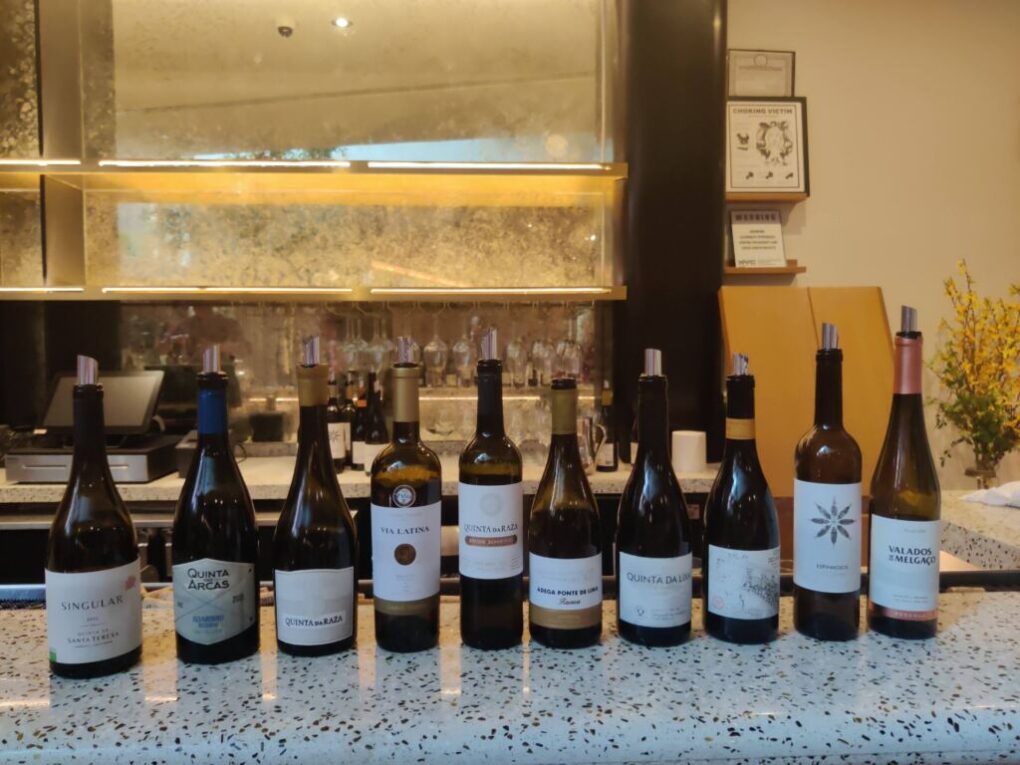
Vinho Verde. It is the name of white, rose, and red wines made from a variety of grapes grown in a winemaking region of Portugal that bears the same name. This streamlined nomenclature makes Vinho Verde easy to remember. Likewise, the characteristic freshness, bright acidity, and gentle effervescence makes Vinho Verde hard to forget. Add a wide range of flavor profiles, ranging from crisp and young citrus and summer fruit-forward, to ripe stone and tropical fruit, and mineral-driven, and you have wines that are easy to drink, and food-friendly, and therefore equally suitable as an aperitif, or as a complement to meals.
But first, a few facts about this Portuguese wine and region.
The winemaking territory of Vinho Verde lies in northwest Portugal. It is surrounded by the wine regions of Dão, Lafões, Douro Valley, and Tras-os-Montes. Vinho Verde consists of nine regions characterized by varying topographies that range from coastal to mountainous. The climate (influenced by the Atlantic Ocean and the Mediterranean Sea), is generally cool and wet, but temperatures and precipitation can vary depending on the region. For instance, the coastal winemaking regions of Ave, Lima, and Cávado tend to receive more rain than the more inland regions of Monção and Melgaço, while regions situated at higher elevations including Basto, Sousa, and Paiva get more sun.
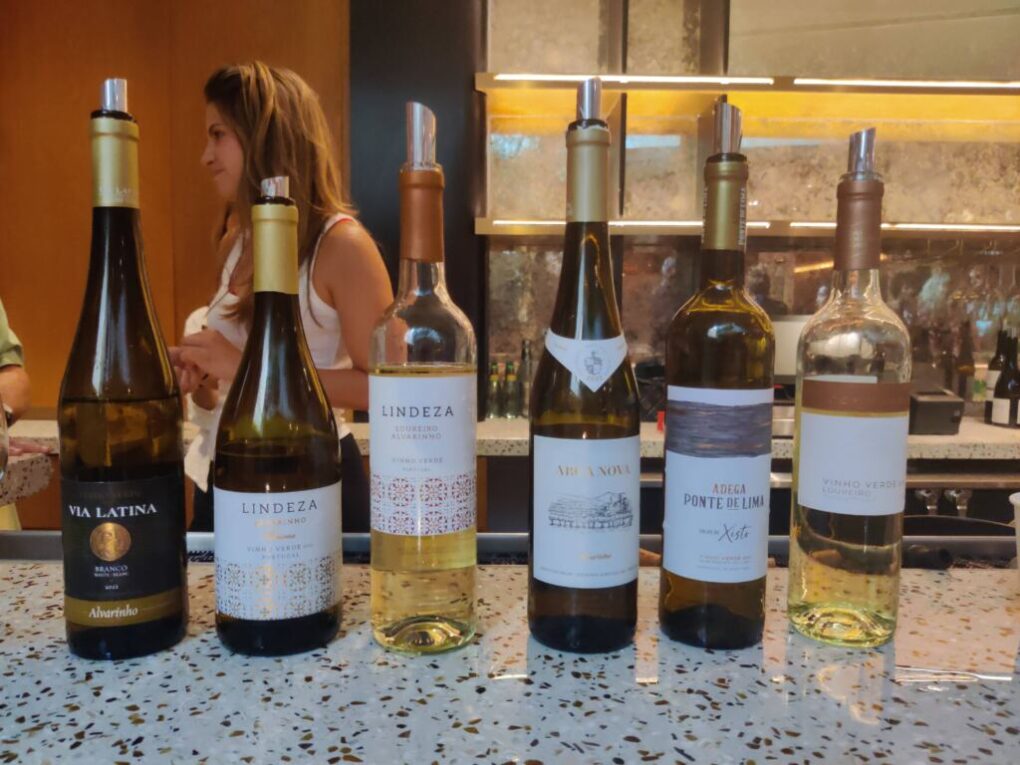
The name Vinho Verde translates as “green wine” or “young wine.” The winemaking territory is also referred to as “Entre-Douro-e-Minho,” because it is situated between the Douro and the Minho rivers. The area’s 20,000 wineries are typically located along these two rivers, where the vineyards thrive on granite-dominant soil. Vinho Verde was officially designated as a wine producing region in 1908. It was established as a DOC (Denominação de Origem Controlada) in 1984.
Over 45 different local grapes are grown in Vinho Verde, and of these, nine are used for winemaking. These include the white varietals Alvarinho, Loureiro, Trajadura, Arinto, Avesso, and Azal, and the red varietals Vinhao, Espadeiro, and Padeiro.
Ave, Lima, and Cávado typically produce fresh and fruity Vinho Verde made from the white varietals Arinto, Loureiro, and Trajadura, while Monção and Melgaço tend to make Alvarinho-based Vinho Verde that exhibit refreshing acidity, balanced minerality and salinity, and orchard fruit notes. Sousa, Paiva, Baião, and Basto are the sites of white as well as rose’, and red Vinho Verde production. Roughly 10% of wines produced in Vinho Verde are rose’s or reds. The white grapes Avesso and Azal, as well as the red grapes Espadeiro, Vinhão, and Padeiro are cultivated in these mountainous areas. Red Vinho Verde tend to be light-bodied, with bright acidity, and fresh red and dark berry and stone fruit notes.

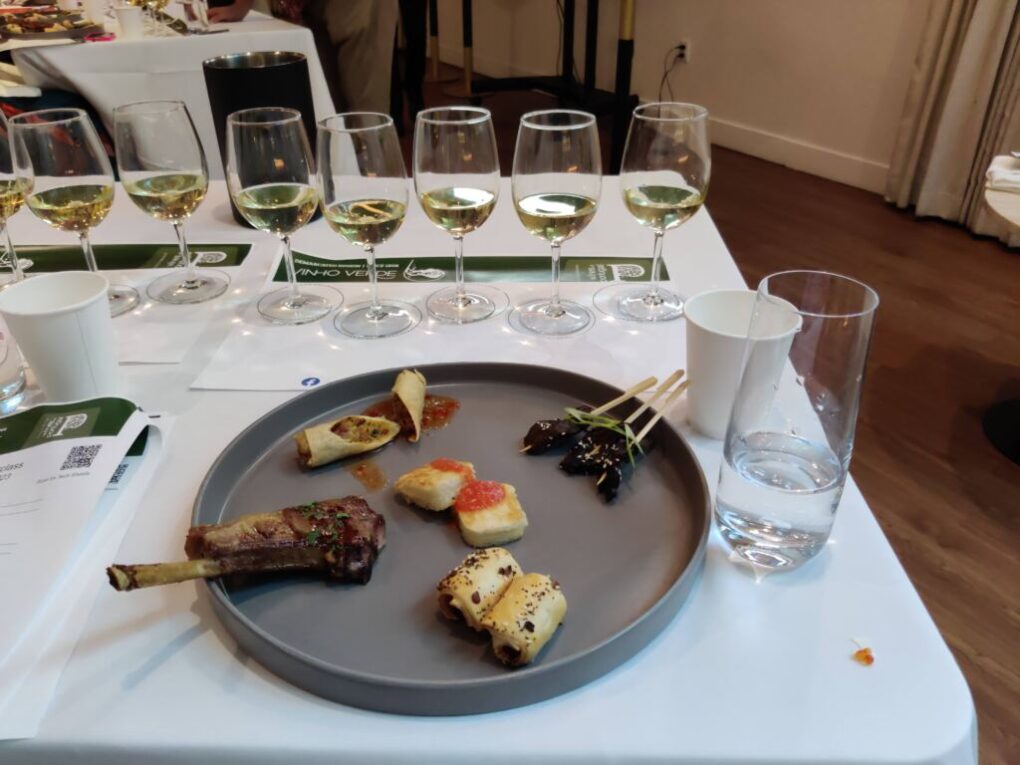
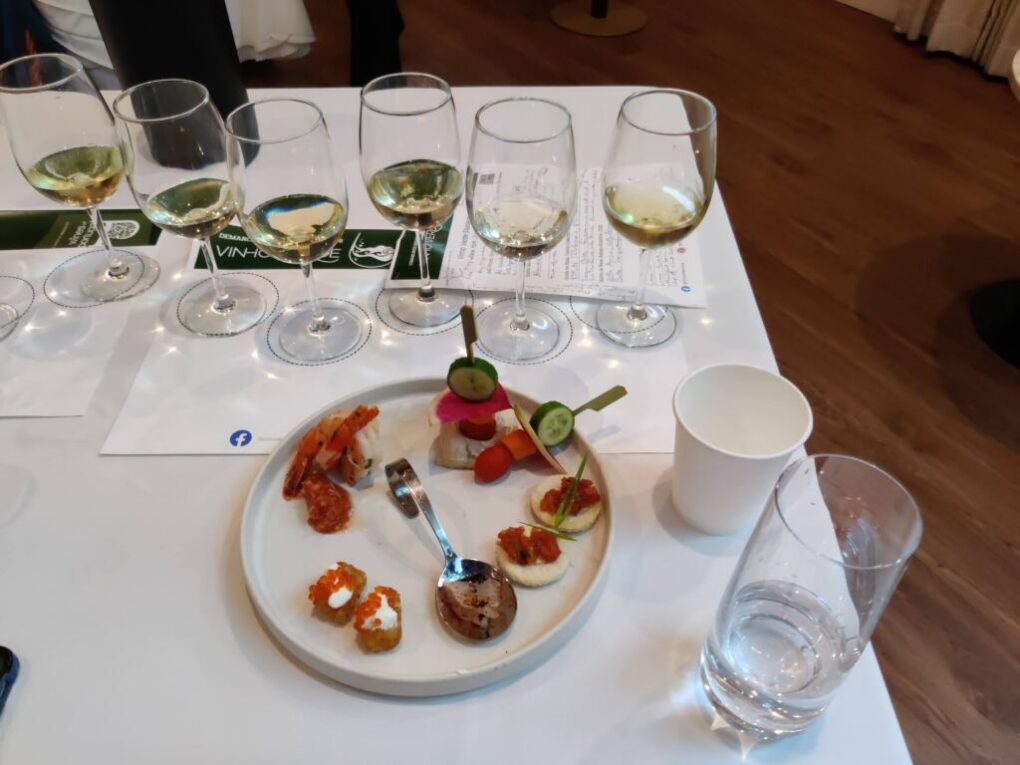
Producers from the nine regions of Vinho Verde hosted a seminar and tasting to showcase the unique characteristics of Vinho Verde, and its diverse flavor profiles. These Vinho Verde were paired with an array of small bites ranging from seabass carpaccio in a lemon vinaigrette, tater tots topped with creme fraiche and trout roe, and poached shrimp with cocktail sauce, to spring rolls, satay beef skewers, and lamb chops cooked in a wood-fired oven, demonstrating the adaptability of Vinho Verde to many different foods.
The Vinho Verde that were featured at the seminar ran the spectrum of flavor profiles and styles. Although most Vinho Verde are aged in stainless steel tanks resulting in its characteristically fresh and fruit-forward characteristics, some producers have begun to age part of their Vinho Verde in oak barrels. The incorporation of oak barrel aging in the production of Vinho Verde imparts a buttery and silky texture, as well as cream, vanilla, and scented wood notes to the wine. Some producers also debuted older vintages of Vinho Verde (the oldest dates back to 2016), and the evolution of flavors from fresh, crisp, and fruit-dominant, to more herbaceous, with elements of balsamic, beeswax, and petrol.
Vinho Verde featured at the seminar included:
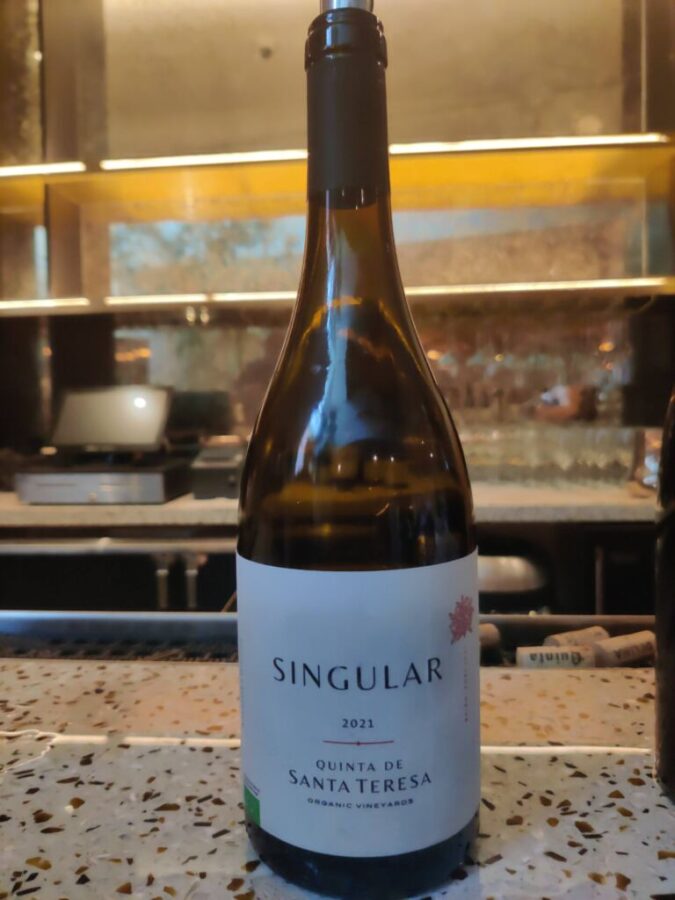
ADA Wines, Singular, 2021
Blend of Avarinho, Avesso, and Arinto
Quinta das Arcas, Alvarinho Reserva, 2021
100% Alvarinho
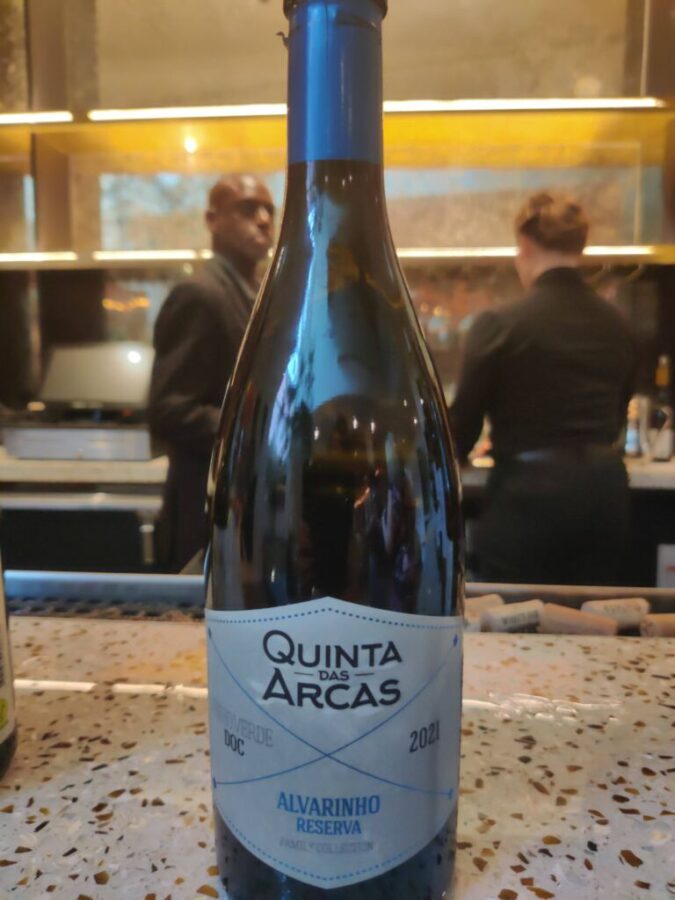
Quinta da Raza, Family Collection, no. 2, 2020
Blend of Alvarinho, Gouveio, Avesso
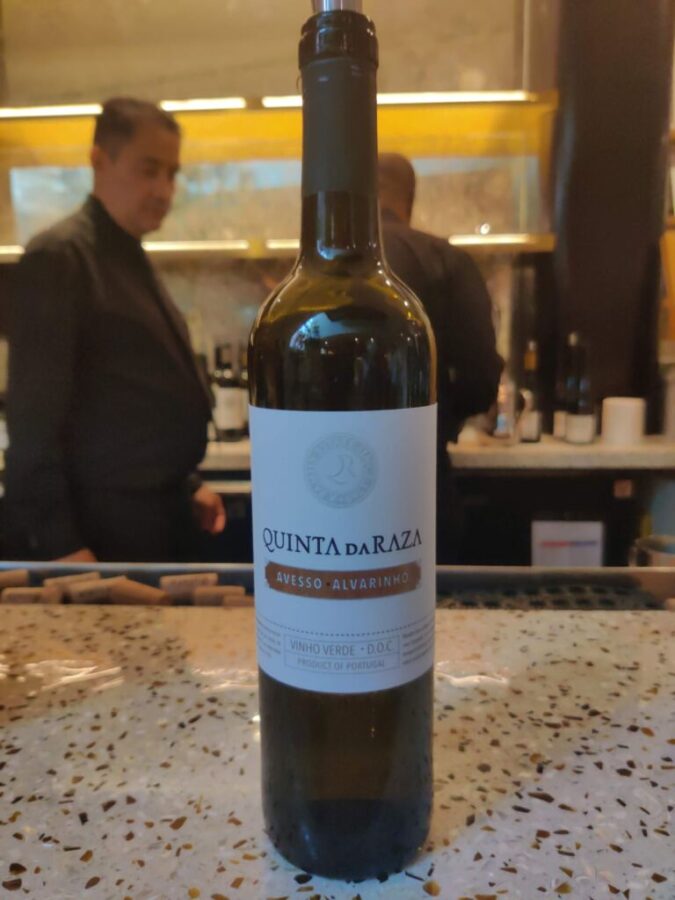
Quinta da Raza, Avesso Alvarinho, 2020
Blend of Avesso and Alvarinho
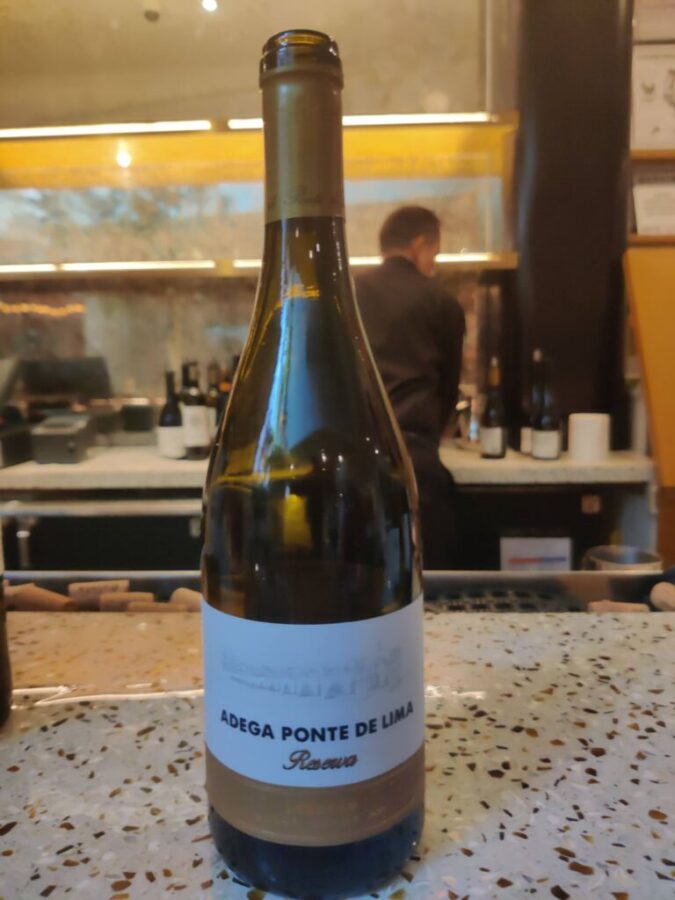
Adega Ponte de Lima, Loureiro Reserva, 2019
100% Loureiro
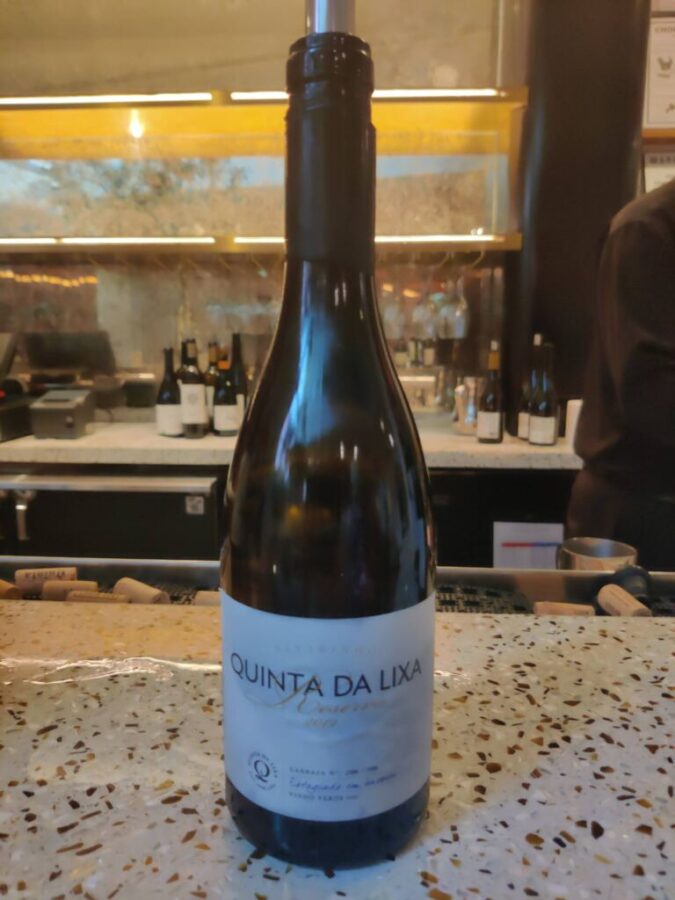
Quinta da Lixa, Alvarinho Reserva, 2019
100% Alvarinho
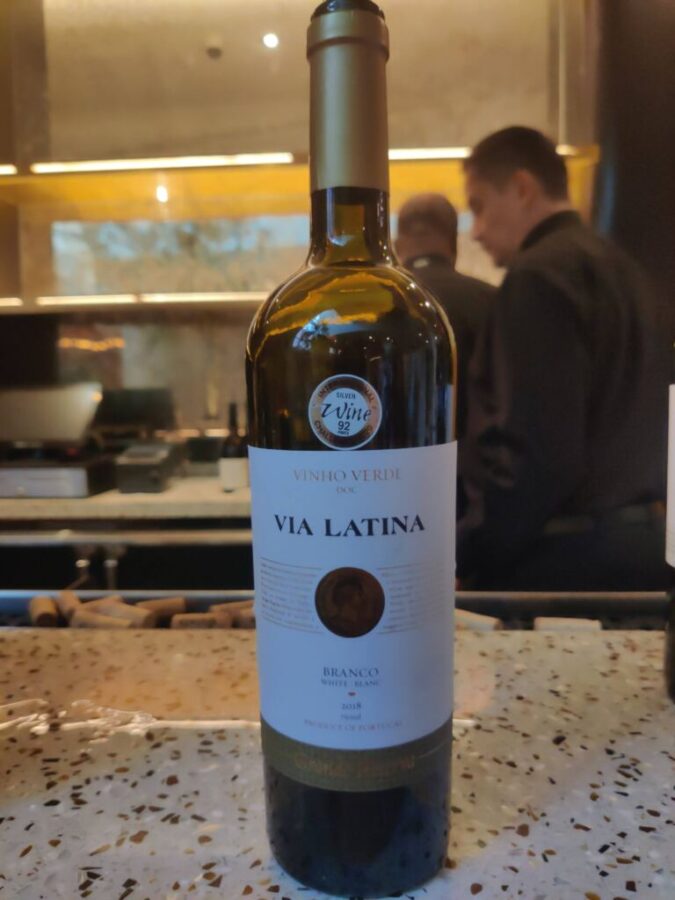
Via Latina, Grande Reserva, 2018
Blend of Alvarinho, Arinto, Loureiro, and Trajadura
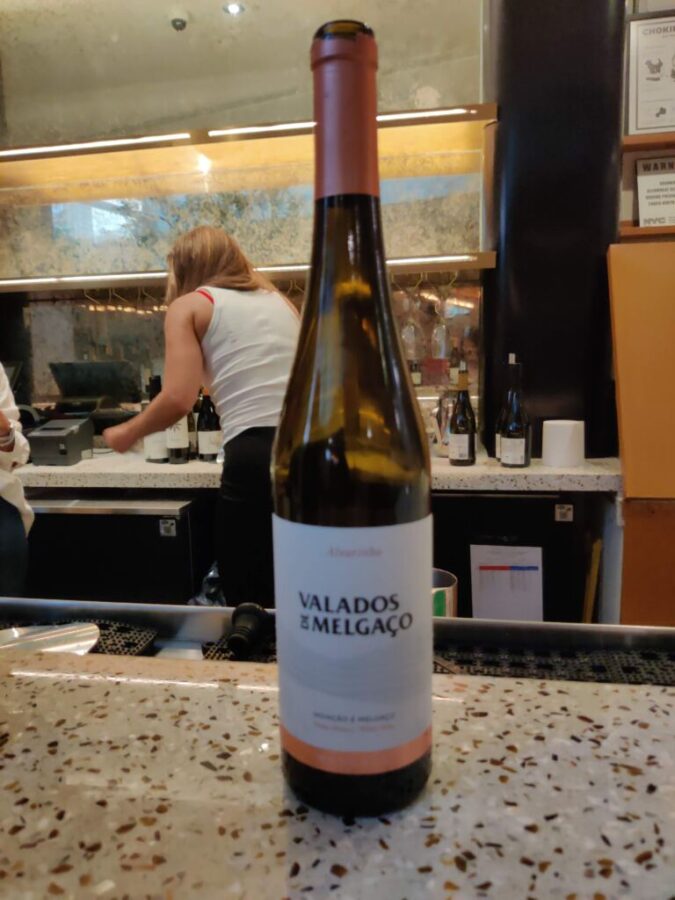
Valados de Melgaço, Alvarinho Reserva, 2017
100% Alvarinho
A&D Wines, Espinhoso, 2017
Blend of Avesso and Chardonnay
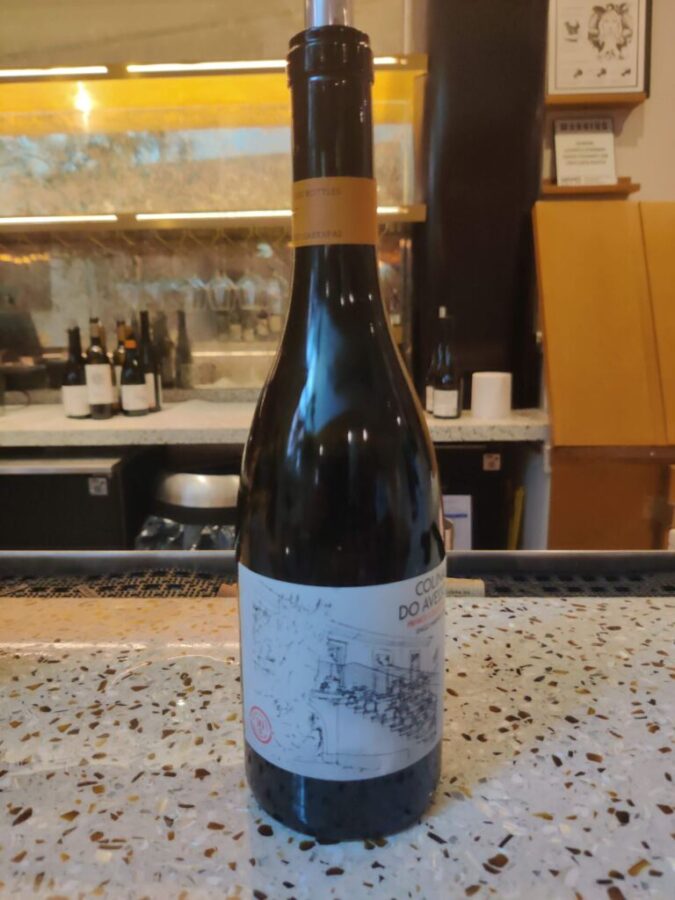
Quinta da Lixa, Colinas do Avesso, 2016
100% Avesso
J. Portugal Ramos, Loureiro, 2021
100% Loureiro
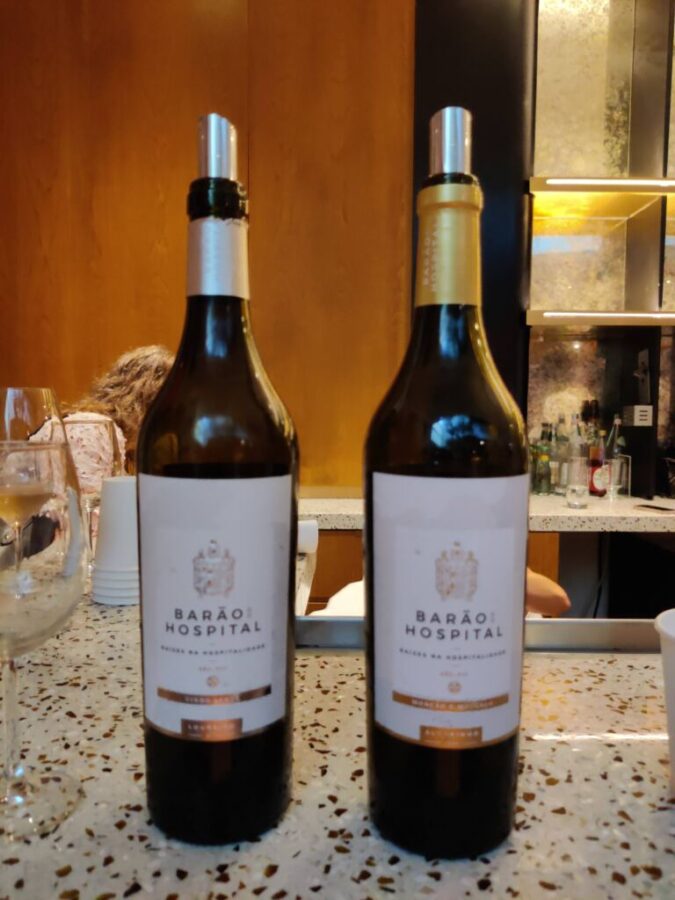
Falua Barão do Hospital, Loureiro, 2021

Adega Ponte de Lima, Solos de Xisto, 2021
100% Loureiro
Falua Barão do Hospital, Alvarinho, 2021
100% Alvarinho
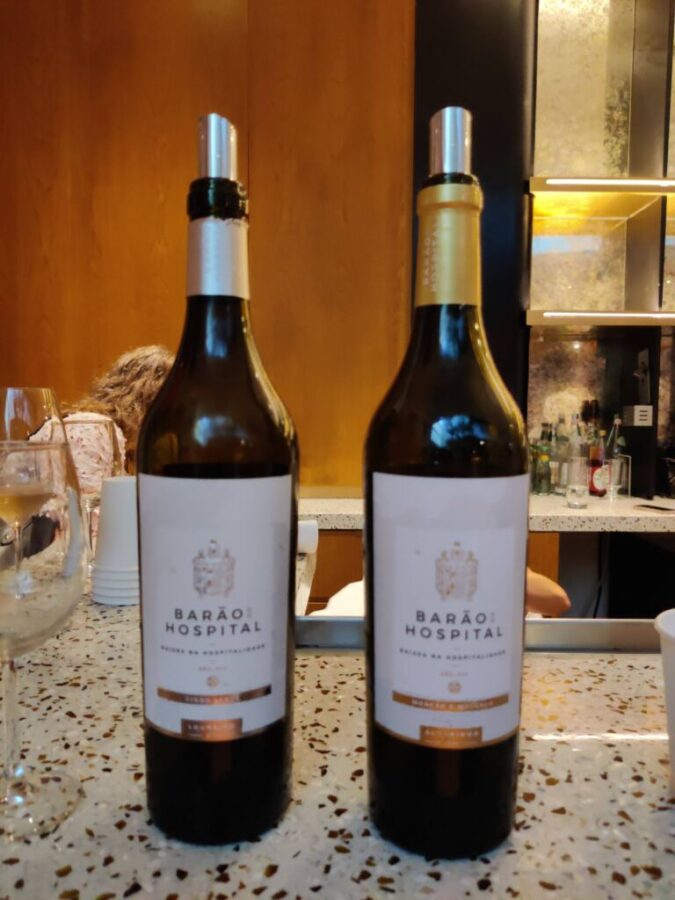
Arca Nova, Alvarinho, 2022
100% Alvarinho
Lindeza, Loureiro-Alvarinho Premium, 2022
Blend of Alvarinho and Loureiro
Via Latina, Alvarinho, 2022
100% Alvarinho


Be First to Comment